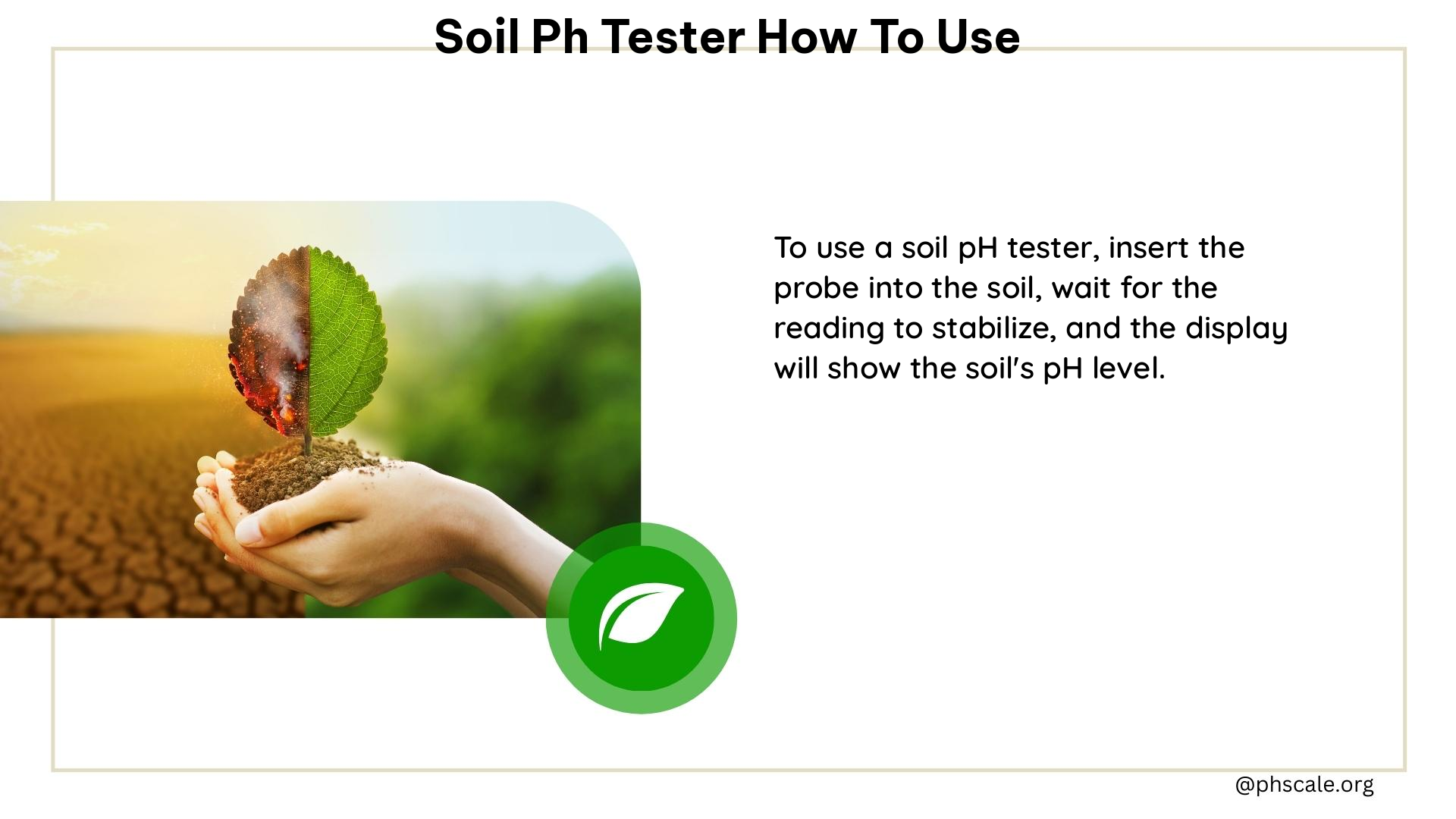Measuring the pH of your soil is a crucial step in maintaining a healthy and thriving garden. A soil pH tester is a simple and affordable tool that can help you determine the acidity or alkalinity of your soil, allowing you to make informed decisions about the best plants to grow and the necessary amendments to improve soil conditions. In this comprehensive guide, we’ll walk you through the step-by-step process of using a soil pH tester to ensure your plants receive the optimal growing environment.
Gathering the Necessary Materials
Before you begin, make sure you have the following items on hand:
- Handheld shovel or auger
- Bucket
- pH meter
- Glass container
- Spoon
- Distilled water
- Gloves (optional)
Collecting Soil Samples

Accurate soil pH measurement starts with proper sample collection. Follow these steps to ensure you get a representative sample:
- Take samples from 10 or more different areas of your garden or lawn to account for potential pH variations.
- Collect each sample at a depth of 6-10 inches, avoiding areas with standing water or noticeably different soil color.
- Mix the samples together in the bucket and remove any debris, such as rocks, roots, or plant matter.
Preparing the Soil Solution
To measure the pH of your soil, you’ll need to create a soil solution. Follow these steps:
- In the glass container, mix equal parts of the soil sample and distilled water.
- Stir the mixture into a slurry and let it rest for 15 minutes.
- Stir the mixture again for about 10 seconds to ensure it’s well-combined.
Measuring the pH
Now it’s time to use your pH meter to determine the acidity or alkalinity of your soil. Follow these steps:
- Insert the pH meter into the soil solution, making sure to avoid the bottom of the container.
- Wait for at least 60 seconds to allow the reading to stabilize.
- Note the pH reading and make a note of the result.
Direct Ground Measurement
In addition to the soil solution method, you can also measure the pH directly in the ground. Here’s how:
- Use an auger or shovel to create a hole in the soil, reaching a depth of about 20cm.
- If the soil is dry, moisten it with a small amount of distilled water.
- Rinse the pH meter’s electrode with tap water and gently push it into the soil, ensuring proper contact.
- Wait for the reading to settle and observe the measurement.
- Repeat the process in multiple locations and consider the average of the measured data.
Calibrating the pH Meter
To ensure accurate readings, it’s essential to calibrate your pH meter regularly. Follow these steps:
- Use buffer solutions, typically pH 4 and pH 7, to calibrate the meter.
- Follow the manufacturer’s instructions for the calibration process.
Maintaining the pH Meter
Proper maintenance of your pH meter is crucial to maintain its accuracy over time. Here are some tips:
- Clean the electrode after each use to remove any soil or debris.
- Avoid using a cloth to clean the electrode, as it may damage the glass.
- Store the pH meter properly, following the manufacturer’s recommendations, to preserve its accuracy.
By following these steps, you can effectively use a soil pH tester to measure the acidity or alkalinity of your soil and make informed decisions to optimize plant growth. Remember, regular soil testing and adjustments can help you create the perfect growing environment for your plants.
